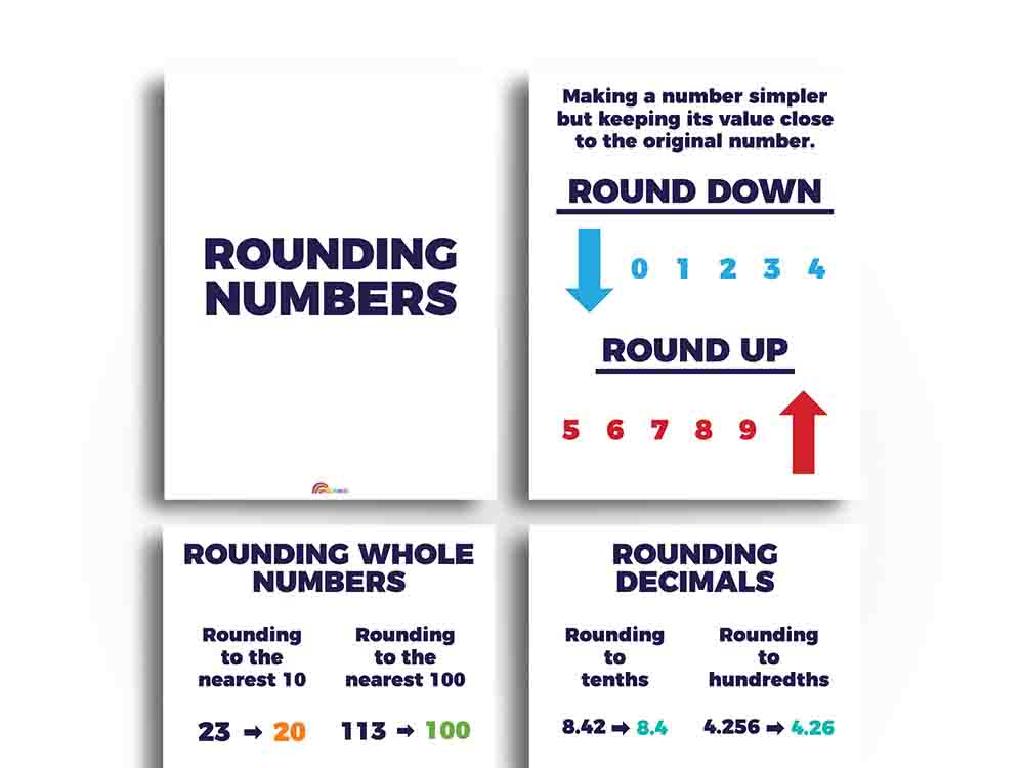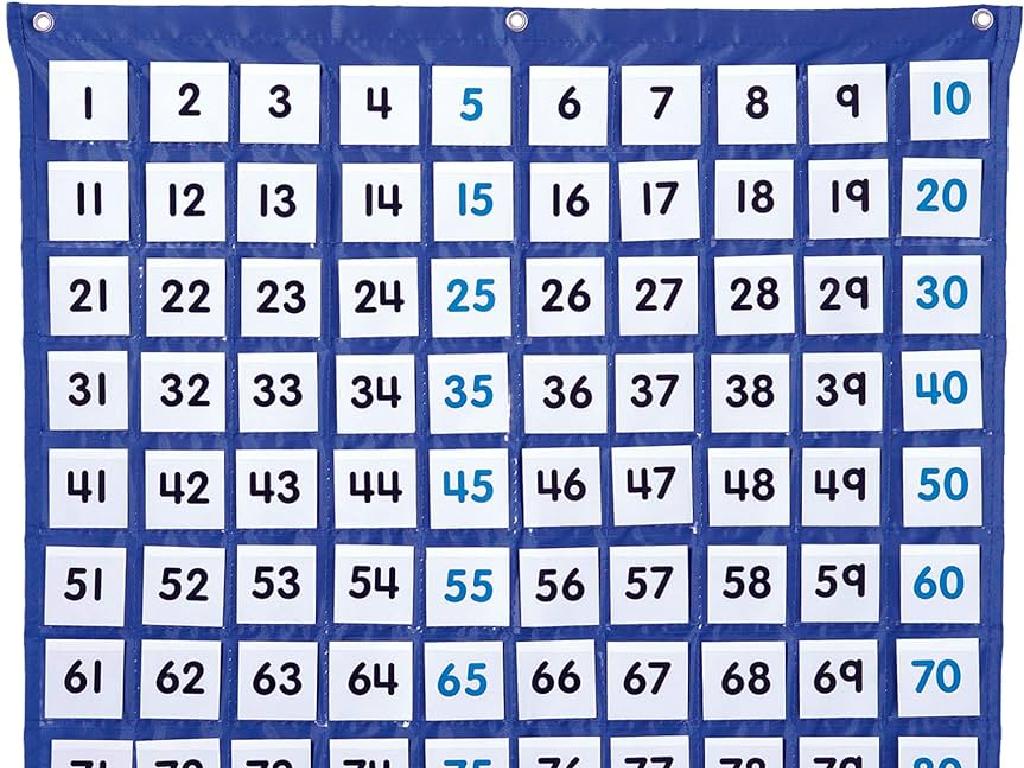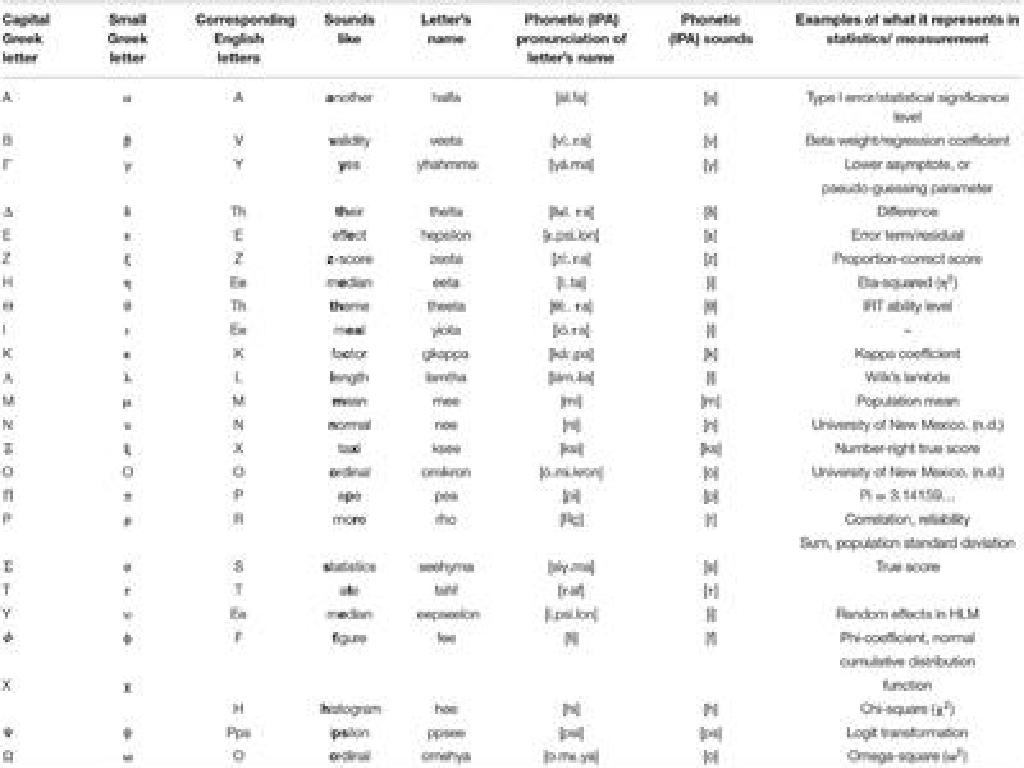Identify And Select Countries Of Europe: Region 1
Subject: Social studies
Grade: Eighth grade
Topic: Europe: Geography
Please LOG IN to download the presentation. Access is available to registered users only.
View More Content
Exploring Europe: Region 1
– Europe’s diverse geography
– A continent with varied landscapes, climates, and cultures.
– The concept of regions
– Regions help categorize areas with similar characteristics.
– Countries in Europe: Region 1
– Includes countries like France, Germany, and the Netherlands.
– Significance of Region 1
– Region 1 is central to European history and the EU.
|
This slide introduces students to the geography of Europe and the idea of dividing it into regions for easier study. Europe is known for its diverse geographical features, from the rolling plains of the east to the mountainous regions in the south. By understanding regions, students can better grasp the similarities and differences between areas. Region 1, which includes key countries such as France, Germany, and the Netherlands, is significant due to its historical impact and role in the development of the European Union. Encourage students to research these countries’ specific contributions to European culture, economy, and politics.
Exploring Europe: Region 1
– Geographical features of Region 1
– Mountains, rivers, climate patterns
– Cultural significance in Region 1
– Traditions, languages, historical sites
– Region 1’s economic activities
– Agriculture, industry, and trade
– Interactive map activity
– Locate countries using an online tool
|
This slide introduces students to the first region of Europe, focusing on its geography, culture, and economy. Start by discussing the physical landscape, including any prominent mountains, rivers, and the general climate of the region. Move on to the cultural aspects, highlighting the diversity in traditions, languages, and historical landmarks that students might find interesting. Discuss the main economic activities, such as what the region is known for producing or trading. Conclude with an interactive map activity where students use an online tool to locate and learn more about the countries in Region 1. This activity will help solidify their understanding of the region’s geography and how it relates to culture and economy.
Exploring Europe: Region 1 Countries
– List Region 1 countries
– Familiarize with names like France, Germany, and Italy
– Capitals and languages
– Paris: French, Berlin: German, Rome: Italian
– Map identification
– Locate each country in Region 1 on a European map
– Cultural insights
– Understand the diverse cultures and histories within Region 1
|
This slide aims to introduce students to the countries of Europe’s Region 1, which includes prominent countries such as France, Germany, and Italy. Students should learn the names of these countries, their capital cities, and the official languages spoken. The slide encourages interactive learning by having students identify these countries on a map, reinforcing their geographical literacy. Additionally, a brief discussion on the cultural significance of each country will provide a holistic understanding of the region. For the next class, students could be asked to bring interesting facts about one of the countries to share with their peers.
Europe’s Region 1: Physical Geography and Culture
– Region 1’s mountains and rivers
– Explore the Alps, Danube River, and more
– Climate and natural resources
– Temperate climate, forests, and minerals
– Geography’s impact on lifestyle
– How terrain shapes food, housing, and jobs
– Cultural influences of geography
– Traditions, clothing, and festivals linked to geography
|
This slide aims to explore the physical geography of Europe’s Region 1, including its mountains, rivers, and other significant landforms. Emphasize the Alps and the Danube River as key geographical features. Discuss the temperate climate and the natural resources available, such as forests and mineral deposits. Highlight how the geography influences the lifestyle of the people, affecting their food, housing, and employment. Finally, delve into how the physical environment shapes the cultural aspects, including traditions, clothing, and festivals. Encourage students to think about how their own lifestyle might be different if they lived in this region. Provide examples and encourage discussion on the interplay between geography and culture.
Cultural Highlights of Europe: Region 1
– Landmarks of Region 1
– Eiffel Tower in France, Colosseum in Italy
– Region 1’s traditional foods
– Paella in Spain, Gelato in Italy
– Festivals celebrated in Region 1
– Oktoberfest in Germany, Running of the Bulls in Spain
– Languages and ethnic diversity
– Romance, Germanic, Slavic languages; diverse ethnic groups
|
This slide aims to give students a glimpse into the rich cultural tapestry of Europe’s Region 1. Highlight famous landmarks like the Eiffel Tower and the Colosseum, which are not only architectural marvels but also symbols of the region’s history and culture. Discuss traditional foods, which are an integral part of cultural identity, like Spain’s paella and Italy’s gelato. Introduce students to major festivals, such as Germany’s Oktoberfest and Spain’s Running of the Bulls, which attract visitors worldwide and reflect the unique customs of each country. Lastly, touch upon the linguistic and ethnic diversity, emphasizing the coexistence of various language families and ethnic groups within the region. Encourage students to research more about these cultural aspects and possibly share any personal or familial connections they might have with the region.
Map Labeling Activity: Europe’s Region 1
– Label countries of Region 1
– Mark capitals and major cities
– Identify key geographical features
– Rivers, mountains, and other landforms
– Collaborate in pairs
– Share ideas and verify each other’s work
|
This class activity is designed to help students familiarize themselves with the countries of Europe’s Region 1 through an interactive map labeling exercise. Provide each pair with a blank map and a list of countries, capitals, major cities, and geographical features to find and label. Encourage students to discuss and collaborate to ensure accuracy and reinforce learning. This activity will help students to visually connect names with places, enhancing their geographical knowledge. As they work, circulate the room to offer guidance and answer questions. Possible variations of the activity could include having each pair focus on a different aspect, such as one pair labeling countries and capitals while another labels geographical features, or challenging students to find additional facts about each place they label.
Review and Discussion: European Geography
– Recap of today’s lesson on Europe
– Encourage questions about the region
– What did you find most interesting or confusing?
– Compare Europe’s region 1 to our region
– Consider climate, language, and landmarks
– Reflect on cultural and geographical differences
– How does the lifestyle or landscape differ from ours?
|
This slide aims to consolidate the students’ knowledge from the day’s lesson on the geography of Europe, specifically region 1. Begin with a brief recap, highlighting the key points covered. Open the floor to students, encouraging them to ask questions or seek clarification on any aspects they found challenging. Facilitate a discussion on how region 1 of Europe compares to the students’ own region in terms of climate, culture, language, and geography. Encourage students to think critically about the similarities and differences they have learned, fostering a deeper understanding of European geography and its relation to their own environment. This will also help in developing their comparative analysis skills.
Homework: Explore a European Country
– Research a Region 1 country
– Include history and culture
– Explore significant historical events, language, traditions
– Discuss geography’s impact
– How does location, climate, terrain influence lifestyle, economy?
– Presentation due next week
|
Students are tasked with selecting a country from Europe’s Region 1 to research and prepare a presentation. They should delve into the country’s history, exploring key events that have shaped its development. Cultural aspects such as language, cuisine, and traditions are also to be included to provide a comprehensive overview. Additionally, students must analyze how the country’s geography, including its location, climate, and terrain, affects its lifestyle, economy, and interactions with neighboring countries. This assignment will help students understand the interconnectedness of geography, history, and culture. Presentations will be due next week, giving students ample time to research and prepare. Encourage creativity in their presentation style and thoroughness in their research.






